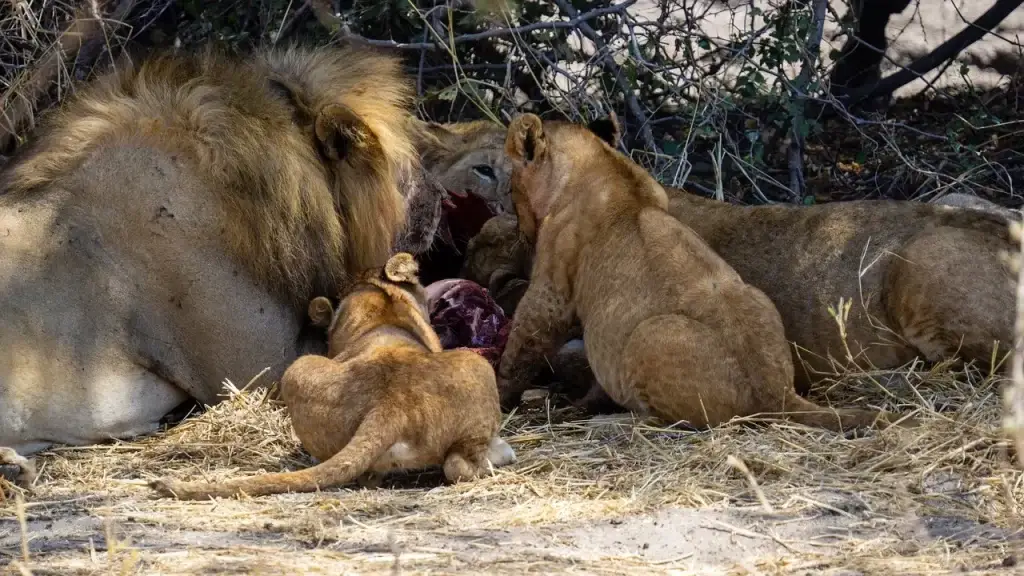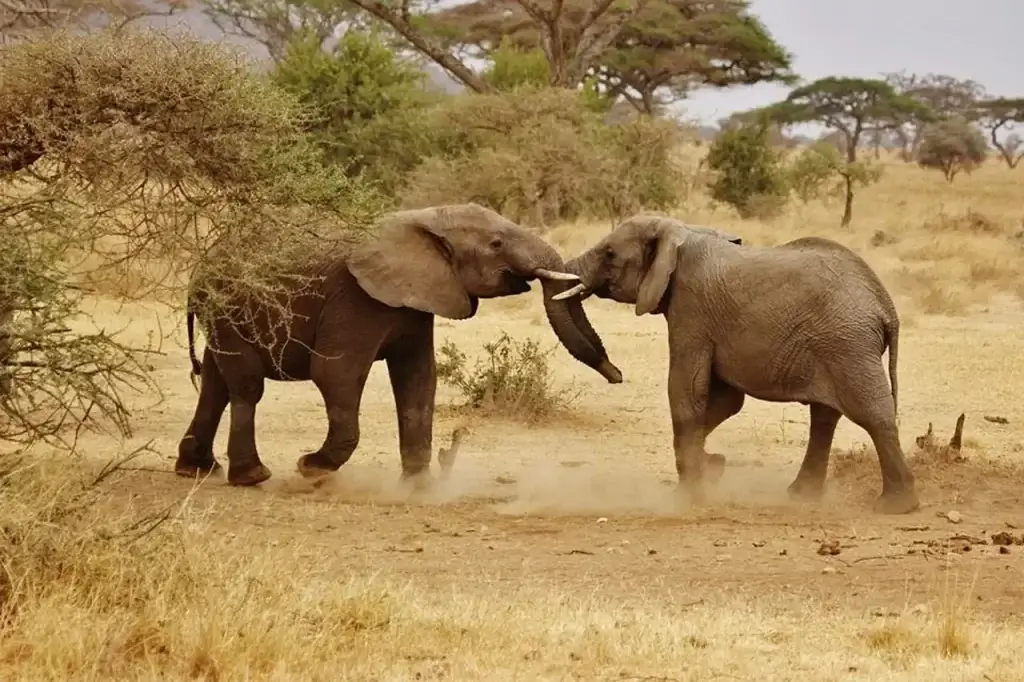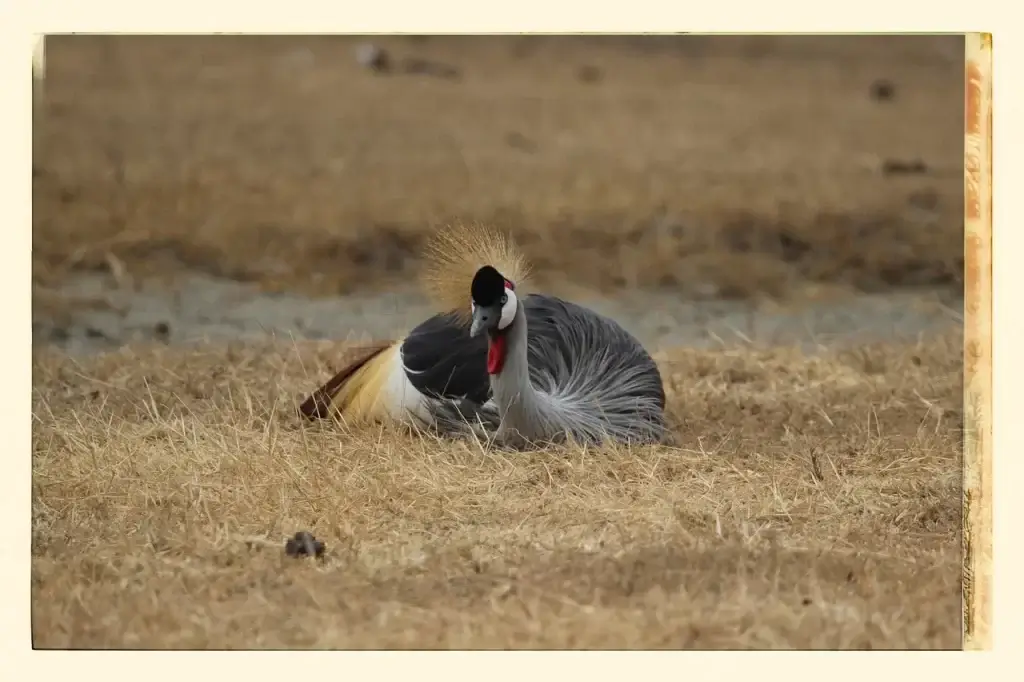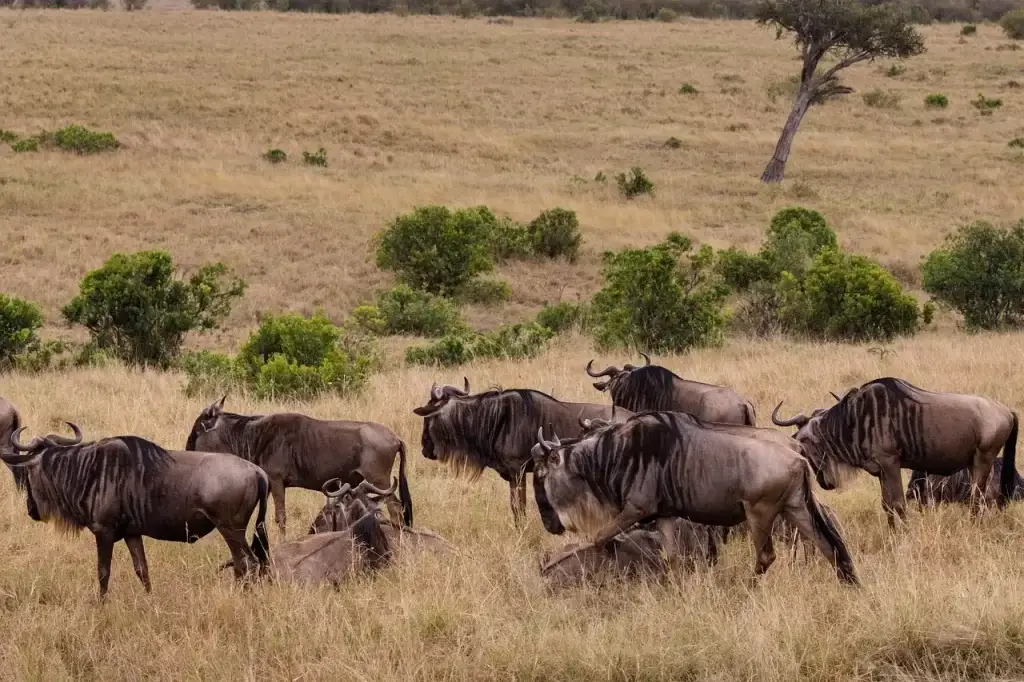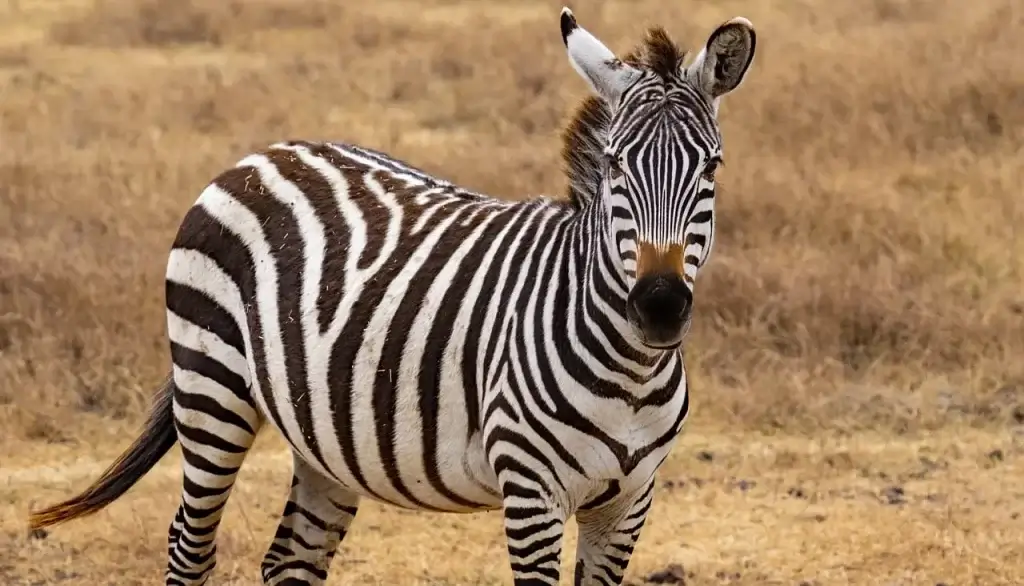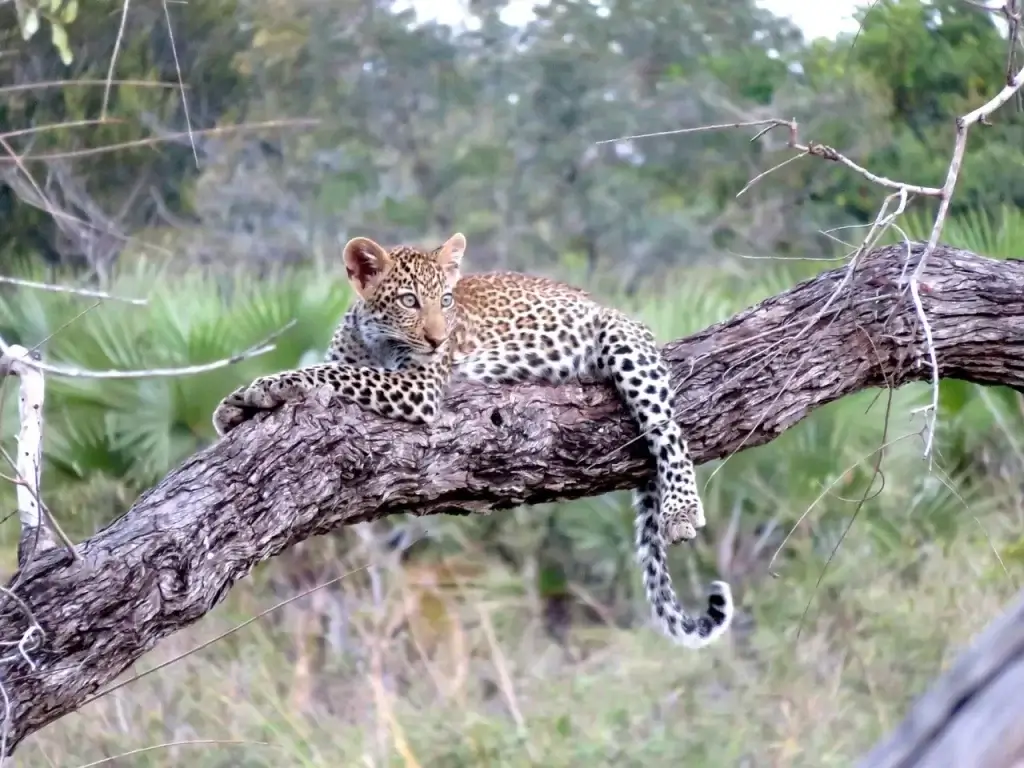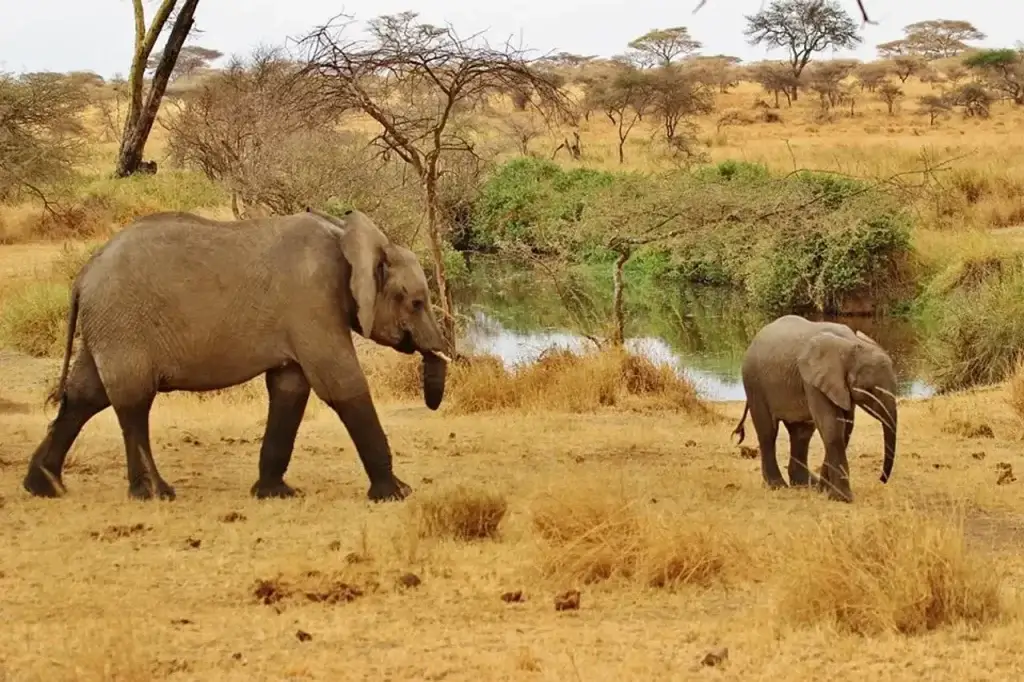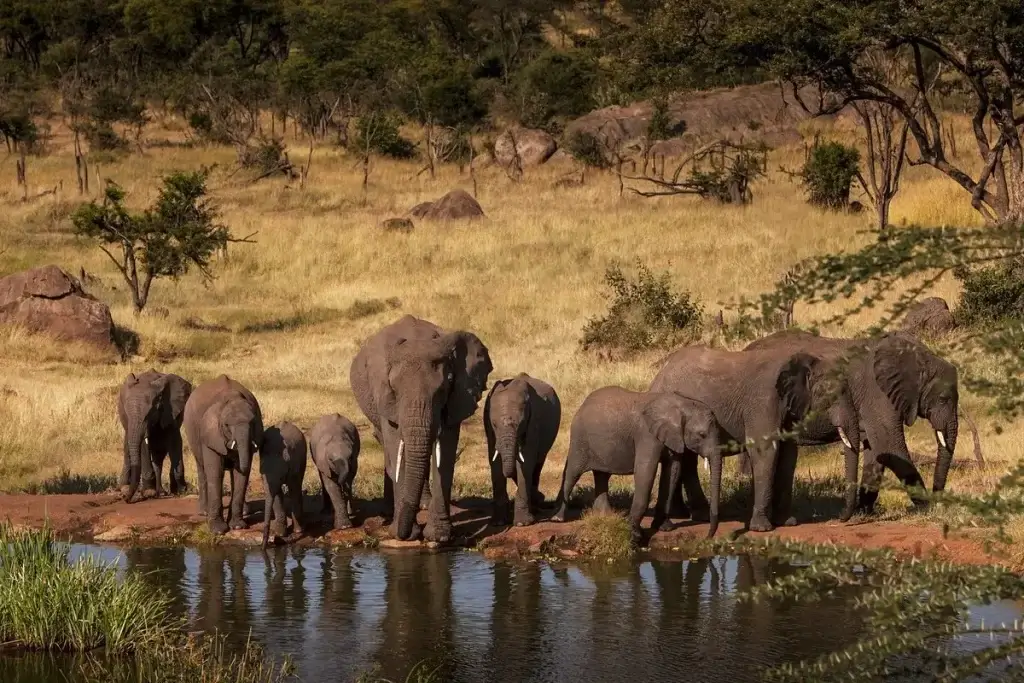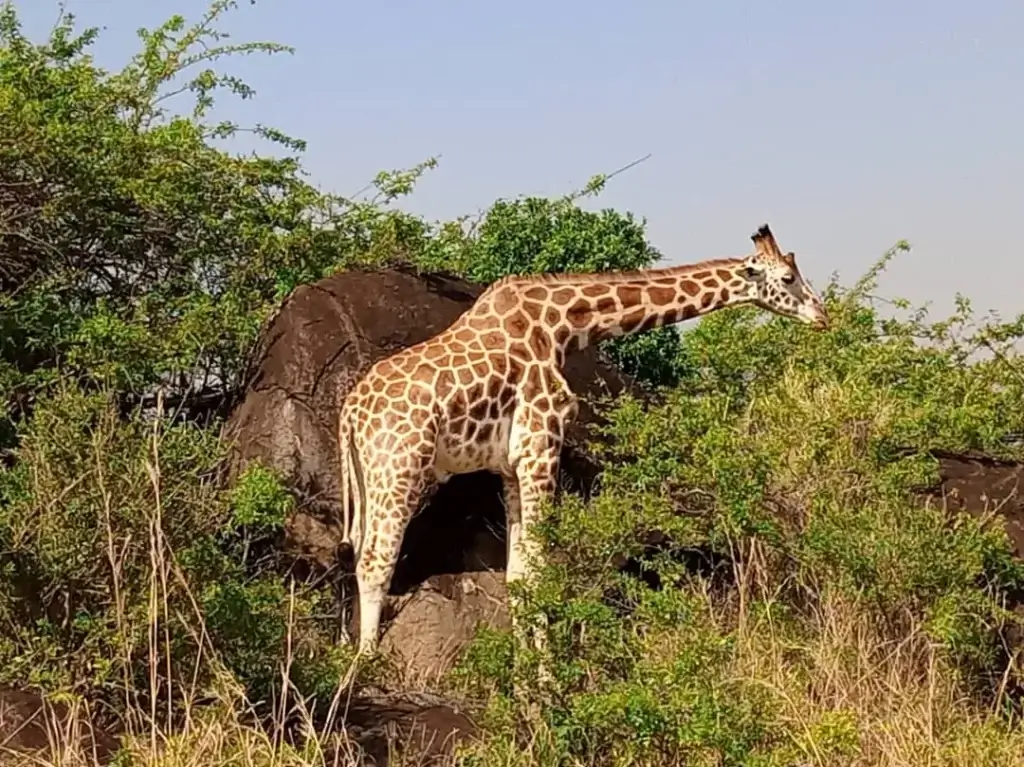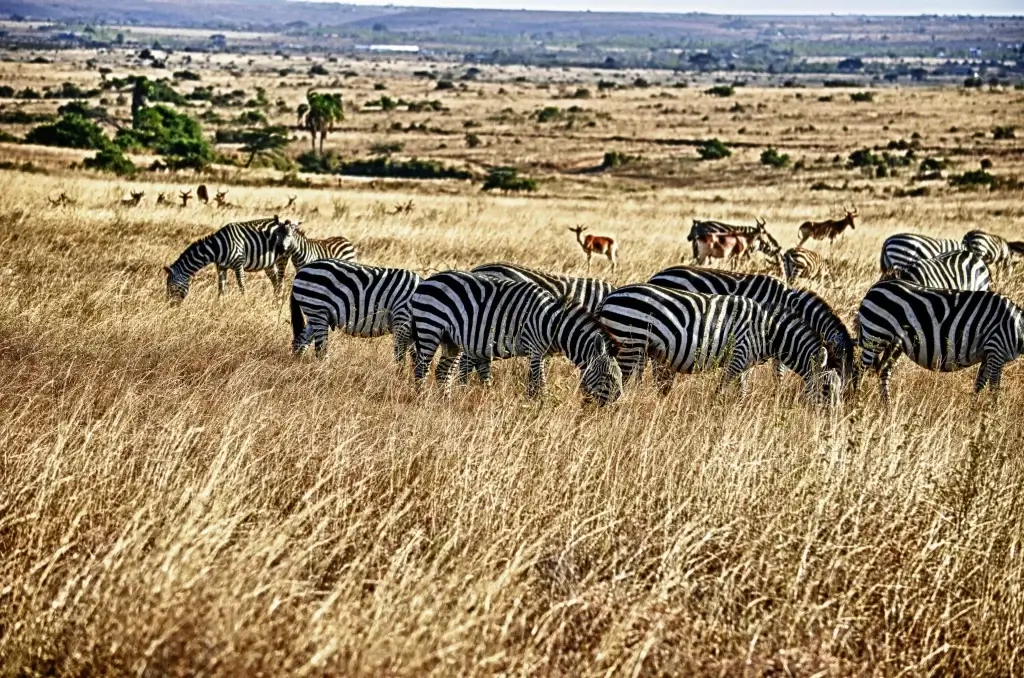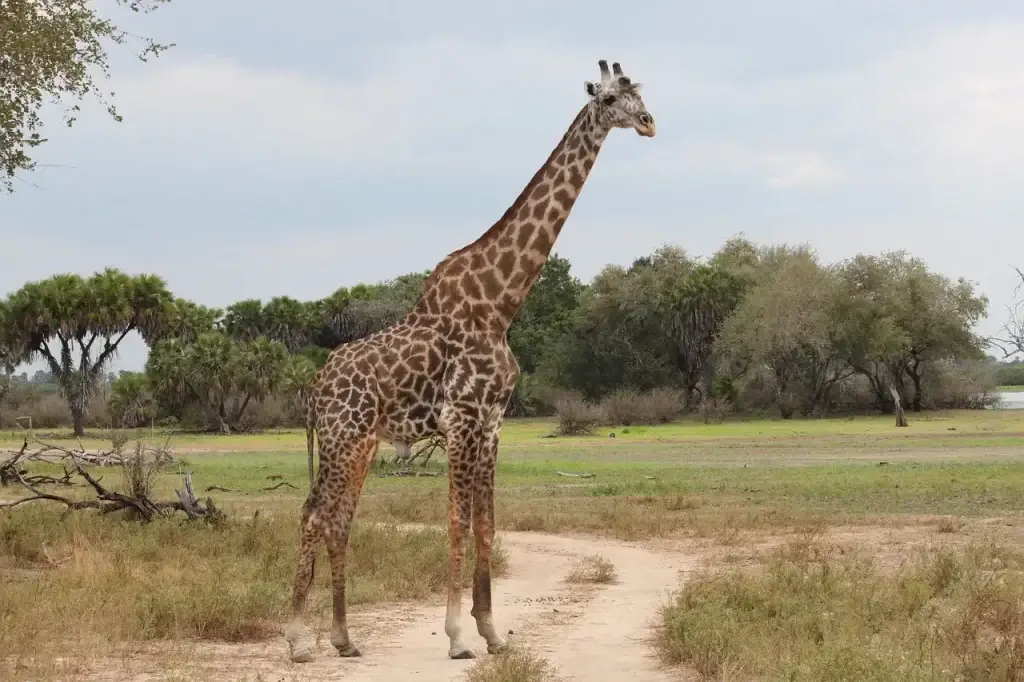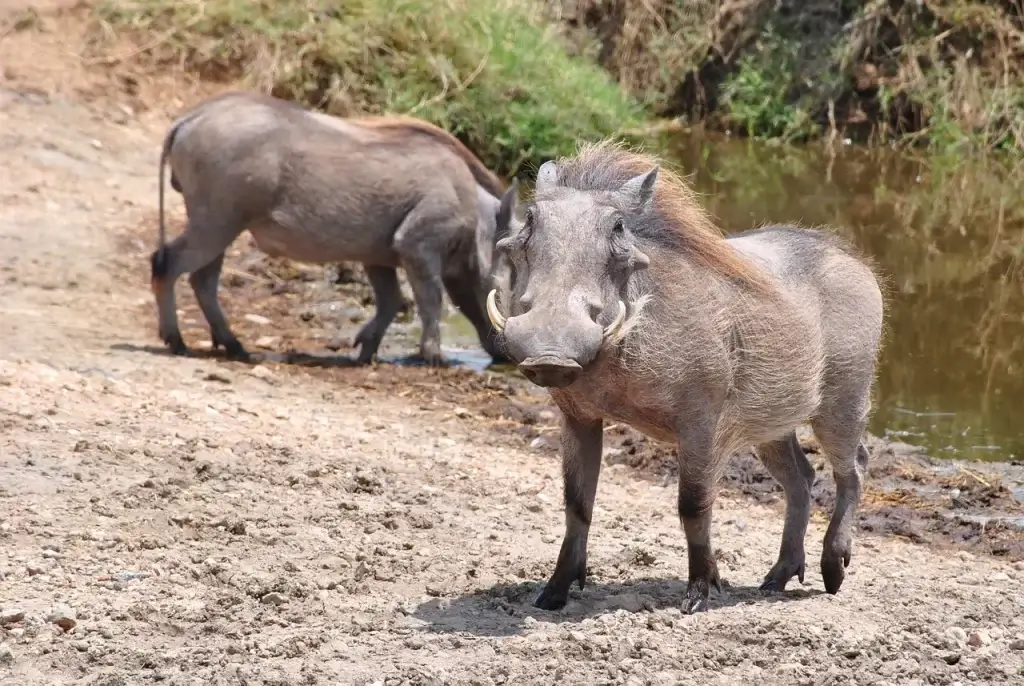Unveiling Serengeti National Park - Packages, Cost and More.
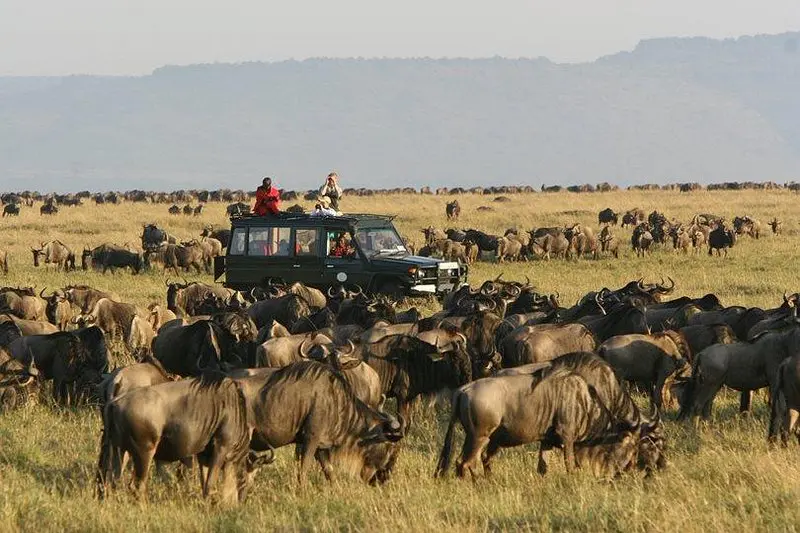
Welcome to the majestic Serengeti National Park – the heart of African safaris. Set in Tanzania’s grassland plains, Serengeti isn’t just a national park; it’s a sanctuary of life and a world of its own. It is a safari destination where nature unfolds in the most dramatic ways, and wild animals roam freely,
In this blog post, we’ll take you on a breathtaking journey through the endless plains of the Serengeti National Park. Join us to discover its diverse habitats, the spectacle of the Great Wildebeest Migration, the rich Maasai culture, and the celebrated conservation efforts that make this park a treasure of Tanzania safaris.
Contact us to Start Planning Your Kenya Beach and Safari Holiday 2024/2025
We invite you to contact us via WhatsApp or phone at +254-704-532-105.
We are also available through email at safarioffers@kenyaluxurysafari.co.uk or safarioffers@ajkenyasafaris.com
If you prefer, you can leave us your details by filling our “Book a Safari Form” and we will get back within 12 hours.
Our Most Booked, Masai Mara, Tanzania, and Serengeti Safari Packages
Masai Mara - Serengeti National park Video by Our Guest
Serengeti National Park - Photos Taken by Our Guests During Safaris
Planning a Serengeti National Park Tanzania Safari in 2024
Are you ready to explore one of the world’s renowned national parks? Planning a Serengeti National Park safari is the first step to enjoying an exhilarating travel experience. This includes when to visit Serengeti in Tanzania, how to get there, where to stay, and what to do once you get there, for an ultimate safari experience.
You’ll need to work with a reputable tour agency during planning. Look for an agency that’ll take care of all your trip particulars, including activities, accommodations, and park visits. This way you can avoid potential scams and ensure you have the most enjoyable experience.
You can rely on us to help you plan your dream safari to the Serengeti plains. We’ll make your trip worthwhile by assisting you all the way from customizing your itinerary to planning logistics, accommodation, guides, and more.
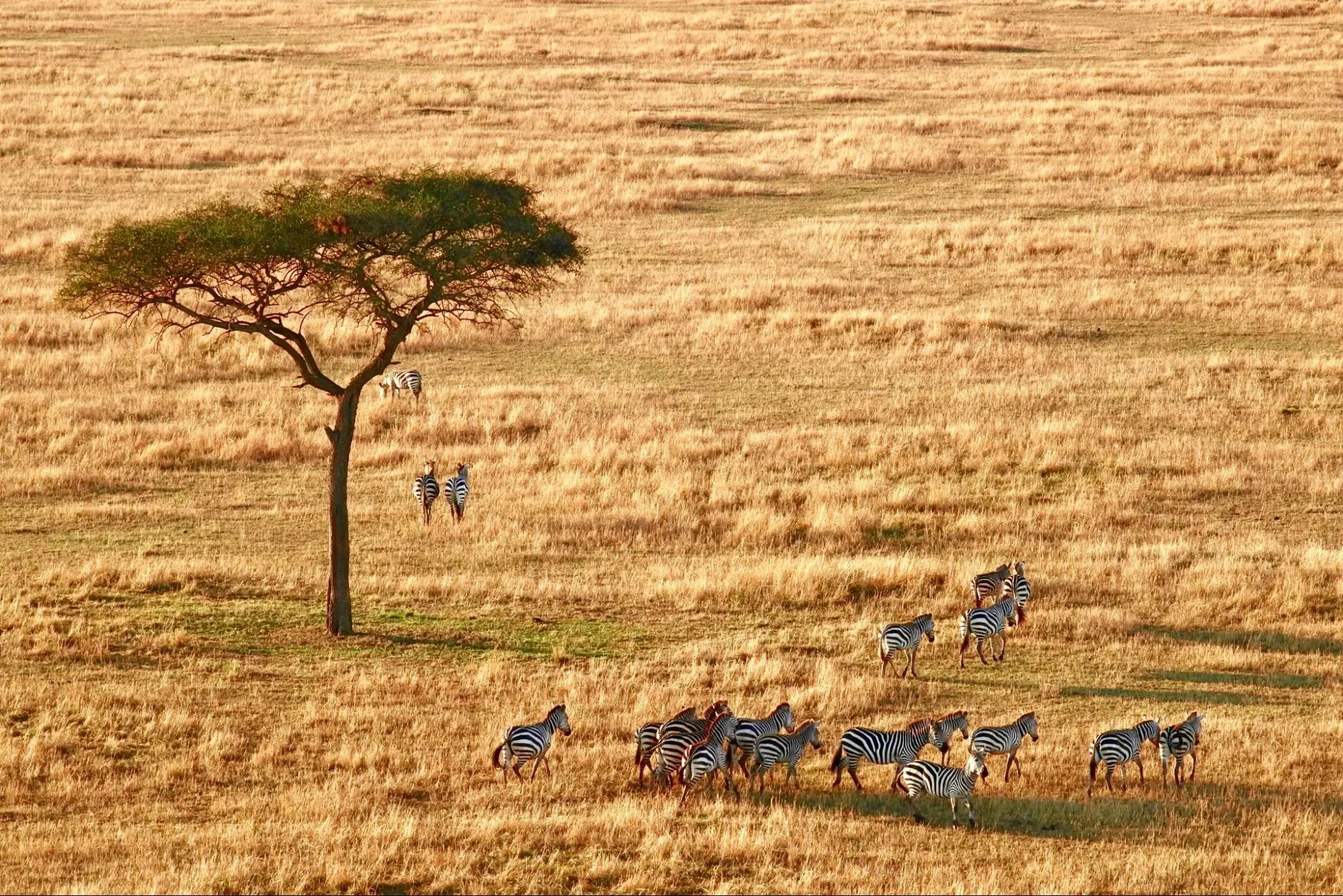
Our insider knowledge of East Africa is a cut above the rest. We’ll provide you with access to some of the best places Tanzania has to offer.
Our goal is to plan a personalized travel experience for every client, on every budget. Contact us today via phone or WhatsApp at +254-704-532-105. You can also reach us at safarioffers@kenyaluxurysafari.co.uk or safarioffers@ajkenyasafaris.com.
A Quick Sneak Peek at the Serengeti National Park
- Serengeti National Park in Tanzania is a vast protected area renowned for the Great Wildebeest Migration, diverse ecosystems, and rich biodiversity, including over 500 bird species and various big game.
- The park offers a range of habitats and topographic diversity, with distinct regions such as the southern grasslands, the western corridor along the Grumeti River, and the northern Lobo area with its granite boulders.
- Visitors can engage in multiple activities beyond wildlife viewing, like hot air balloon safaris, walking safaris, and cultural encounters with the Maasai people, and benefit from the park’s conservation efforts.
Exploring the Vastness of Serengeti National Park
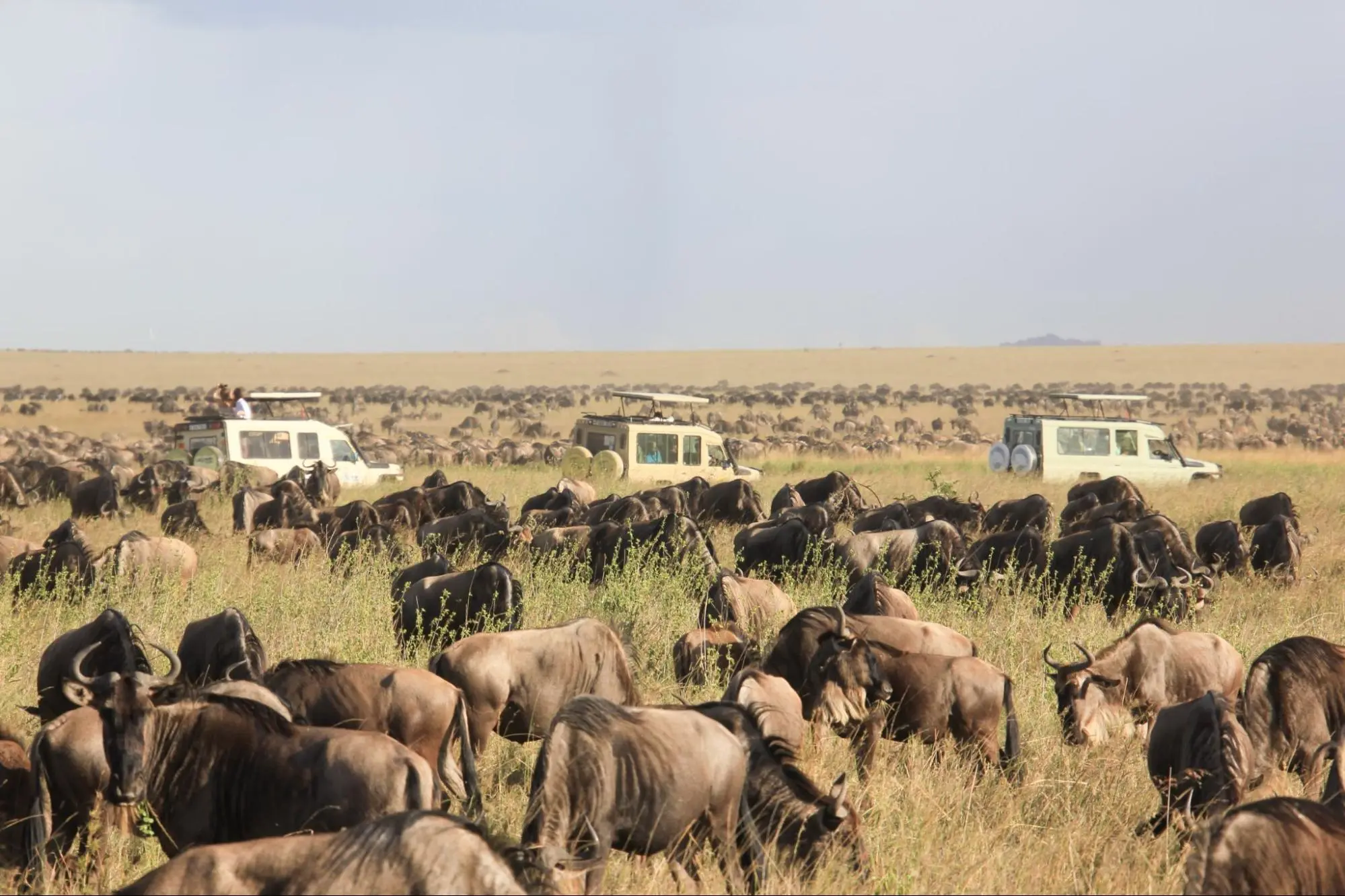
Situated in the northern part of Tanzania, Serengeti National Park spans an expansive area of 14,750 km2. Its name is derived from the Maasai word ‘siringet’, which means ‘the place where the land runs on forever.’ This name beautifully encapsulates the park’s essence as an area of endless plains.
The landscape is a mesmerizing blend of endless rolling grasslands dotted with flat-topped acacia trees and distinct geological features. From the southern and eastern Serengeti, to the Mara River, through to the Lake Victoria zone at the far west, every corner of this national park is a testament to nature’s grandeur.
Serengeti National Park Tanzania abounds with attractions. Some of the highlights include:
- Naabi Hill, which serves as the main entrance and a hotspot for observing various wildlife species
- Mountains, valleys, and sweeping grassy plains dotted with acacias in the Eastern Serengeti
- Bologonja Springs, renowned for its large mammals and rare antelope species
- Over a million wildebeest, 500 bird species, and hundreds of thousands of antelopes and other plains game
- Historical significance with the discovery of two-million-year-old fossils at Olduvai Gorge, bearing testimony to the enduring presence of humans and their ancestors in the region
- The Ngorongoro Conservation Area, split off from the main park, offering an extended wildlife experience
- The Ngorongoro crater, the world’s largest dormant, intact, and unfilled volcanic caldera
There’s always more to explore when you visit Serengeti National Park.
The Diversity of Habitats Within Serengeti
The Serengeti National Park is a mosaic of ecosystems. It is a prime game reserve that presents an array of wildlife and landscapes.
The park’s unique ecosystem is divided into three primary regions: the southern/central part, the western corridor, and the northern Lobo area.
The southern Serengeti is a vast expanse of nearly treeless grassland punctuated with rocky outcrops offering an optimal environment for observing cheetahs. Seeing these swift predators sprinting across the plains in pursuit of their prey is a sight to behold.
Moving to the western corridor, the grasslands give way to a more fragmented savannah adorned with acacia trees and whistling thorns. The Grumeti River, with its riverine forests, sustains this region, attracting a diverse range of wildlife such as:
- giraffes
- wildebeests
- elephants
- zebras
- lions
To satiate your thrill-seeking soul, journey further north, and you reach the Lobo Hills region. Here, substantial granite boulders extend towards the sky contributing to the park’s rough topography.
Ideally, every part of the Serengeti ecosystem has its distinct landscapes and wildlife, which enrich the park’s biodiversity and add to its allure.
The Great Wildebeest Migration: A World Phenomenon
In the heart of Serengeti unfolds a spectacle so grand that it has earned the title of the ‘8th wonder of the world’. The Great Wildebeest Migration, also simply called the Great Migration, is a natural phenomenon that sees over 2 million wildebeests crossing the Mara River each year in search of fresh pasture. They are accompanied by thousands of zebras, gazelles, elands, and other animals.
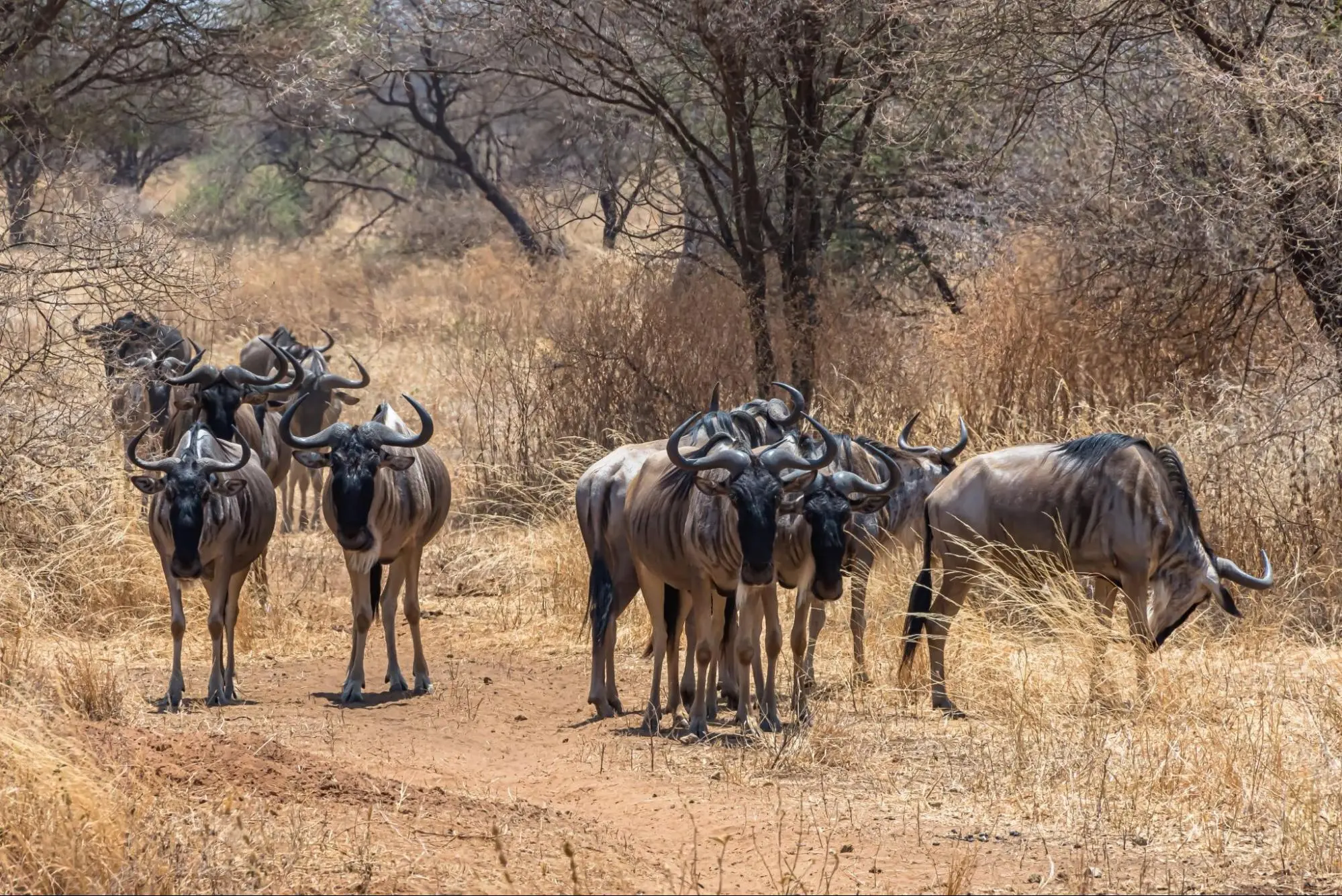
The majestic lions of the savannah and other predators are attracted by the sheer number of the herd in transit. The Great Migration epitomizes the power of nature and survival instincts.
Embark on a mind-blowing journey to witness the wildebeest crossing the Mara River. This spectacular event is unique to the Serengeti due to its status as a protected yet unfenced area. All types of wild animals are able to undertake their seasonal migration freely.
Understanding the Migration Cycle
The Great Migration is a year-round event that follows a cyclic pattern influenced by rainfall and fresh grass availability. Here is a breakdown of the migration:
- Around April, seasonal rains breathe life into the southern region of the park, prompting the herds to start their journey.
- January to March is the calving season, when nearly half a million calves are born, adding to the spectacle.
- As the herds move northwards, they spread across a wide area, making their way towards the northern Serengeti by July and August.
The best time to catch the Great Migration in the Serengeti plains is from June to July when the herds move towards the western corridor and the Grumeti River. They eventually reach the Mara River, moving closer to Lake Victoria.
The migration is a feast for the senses. Visitors witness the ground rumbling under the weight of millions of hooves and the air filled with their grunts. It’s the greatest wildlife spectacle that no travel enthusiast would want to miss.
Yet, it only unfolds in the protected areas of Serengeti and Masai Mara. The latter lies within the Great Rift Valley in Kenya.
Best Spots for Migration Viewing
Witnessing the Great Migration firsthand is exhilarating. One of the best spots to witness this phenomenal event is the Grumeti River in the park’s western corridor.
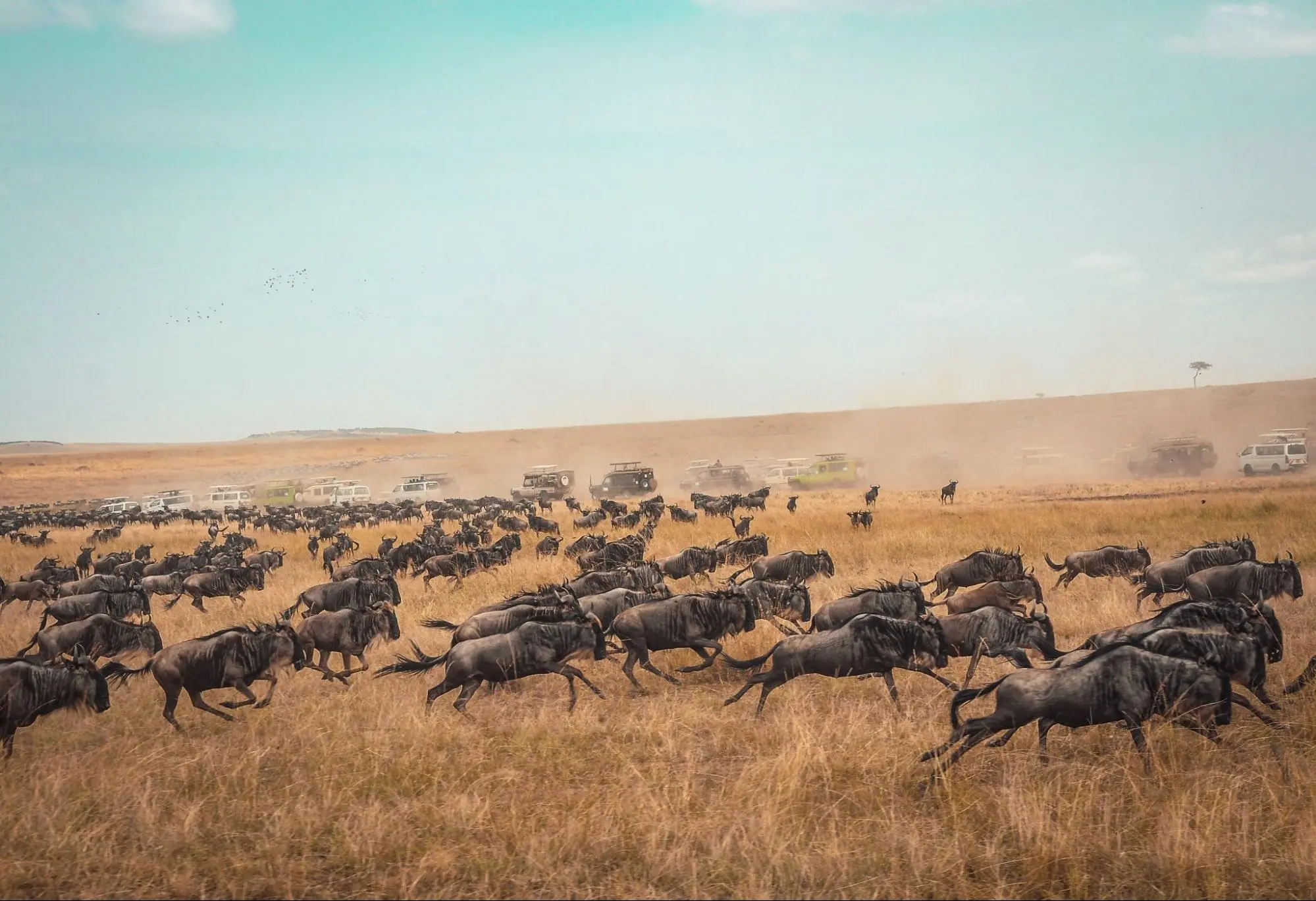
As the wildebeest herds cross the Grumeti and Mara rivers, the drama unfolds. Grunting hippos and large prehistoric-looking crocodiles await to pounce on the crossing animals, turning the river crossing into a life-or-death play.
The optimal times to witness these dramatic wildebeest river crossings at the Grumeti River are from mid-July to late August and in September and October.
The Maasai Mara National Reserve in Kenya offers another impressive sight at the Mara River wildebeest crossing. You can witness the herds as they navigate the perilous waters and evade lurking predators.
For those who wish for a more serene experience, the Ndutu region in the southern plains of the park is an excellent choice. Massive herds of wildebeest, zebras, and other herbivores congregate around Lake Ndutu from December to April. They graze and give birth, thus providing an awe-inspiring view of the cycle of life.
Wildlife and Birdlife Galore
Apart from the Great Migration, Serengeti National Park hosts a remarkable variety of wildlife. Some of the notable species include:
- Over 5000 African bush elephants
- The critically endangered black rhinoceros
- The African leopard (one of the Big 5), with an estimated population density of 5.41 individuals per 100 km2 in the dry season.
These are just a few examples of the diverse wildlife that can be found in the park.
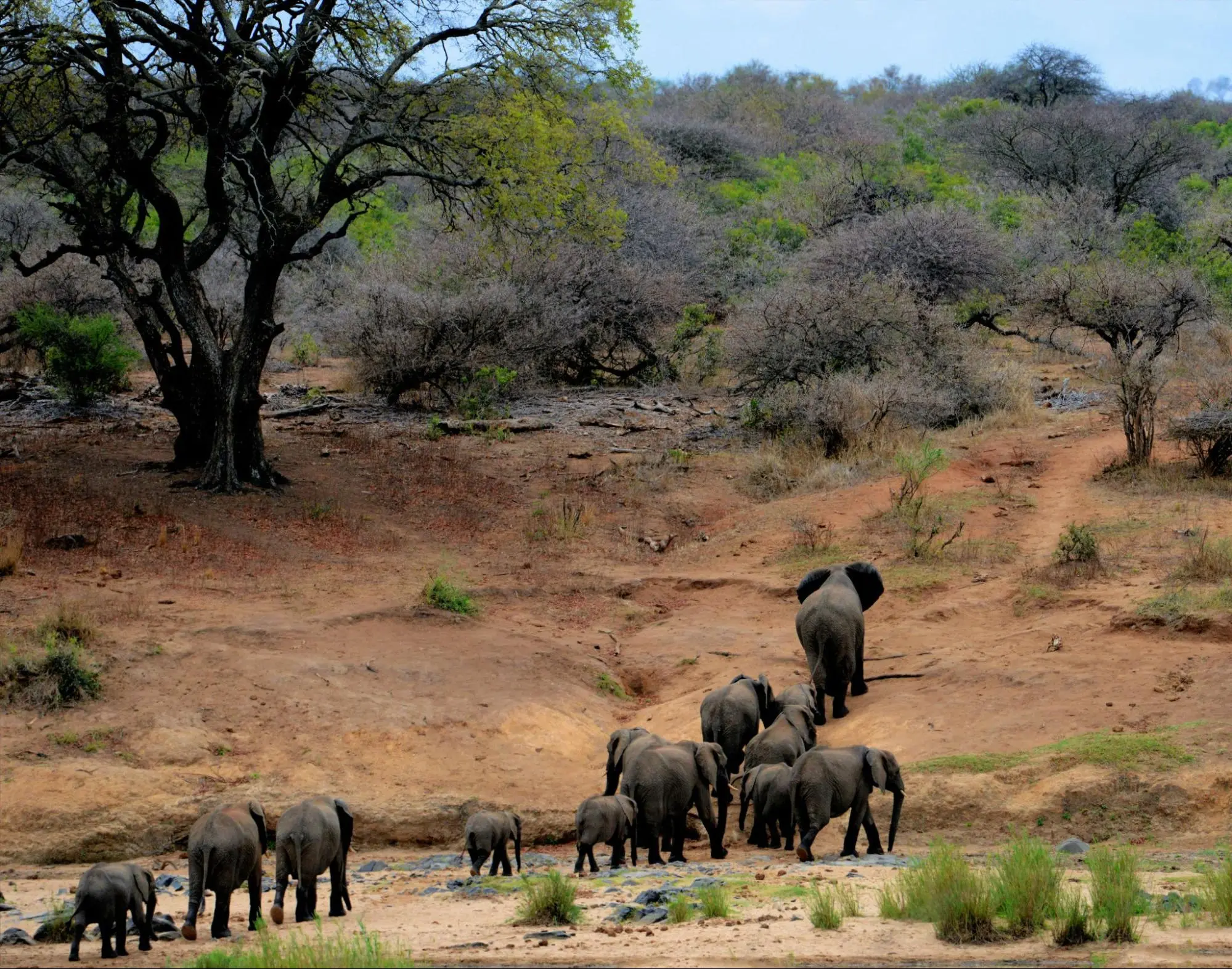
And it’s not just about the mammals; over 500 bird species can be observed in the park, making it a paradise for birdwatchers.
Predators of the Serengeti
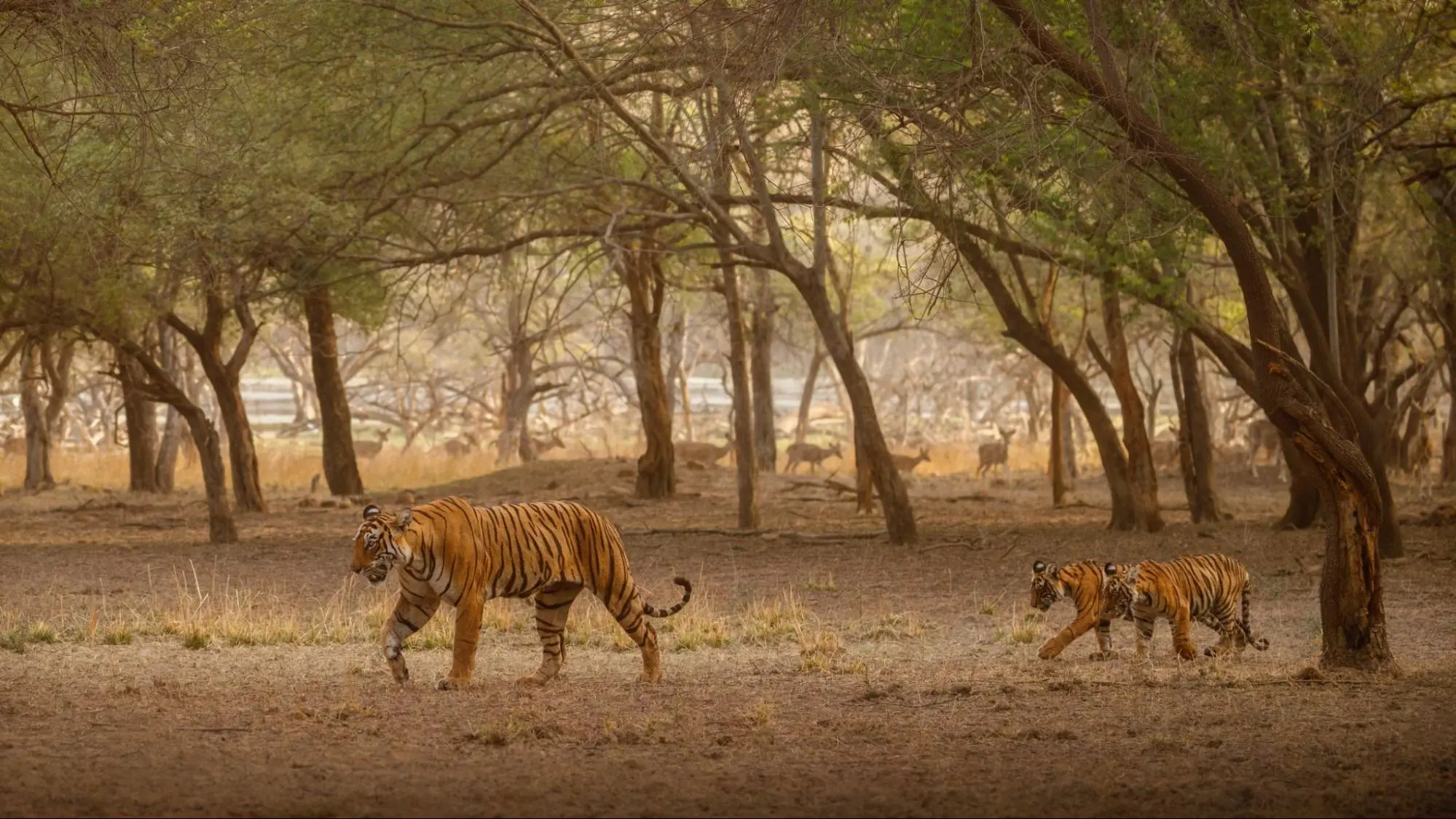
The predator population in Serengeti is as varied as it is awe-inspiring. The spotted hyena is the most prevalent predator in Serengeti. It plays a crucial role in cleaning the Serengeti ecosystem by eating carrion, or dead animal carcasses.
Lions, recognized for their sociable nature, reside in prides comprising 15 to 20 members. Collaborative hunting, defending their territory, and nurturing their offspring are integral to their way of life. With an estimated population of more than 3,000, the Serengeti holds a crucial role as a habitat for these big cats.
Leopards in the azare known for their timid and elusive nature. They exhibit comparable population densities to those found in other expansive protected wildlife areas across Africa.
The cheetah population is approximately 500 to 600 which adds to the park’s predatory hierarchy, making each game drive an adrenaline-filled adventure.
Other common predators found in Serengeti include the black-backed jackal, honey badger, African golden wolf, caracal, and two species of otters, among others. It’s worth bearing in mind that the wild dogs became extinct in Serengeti in the early 1990s.
Cultural Encounters: The Maasai People
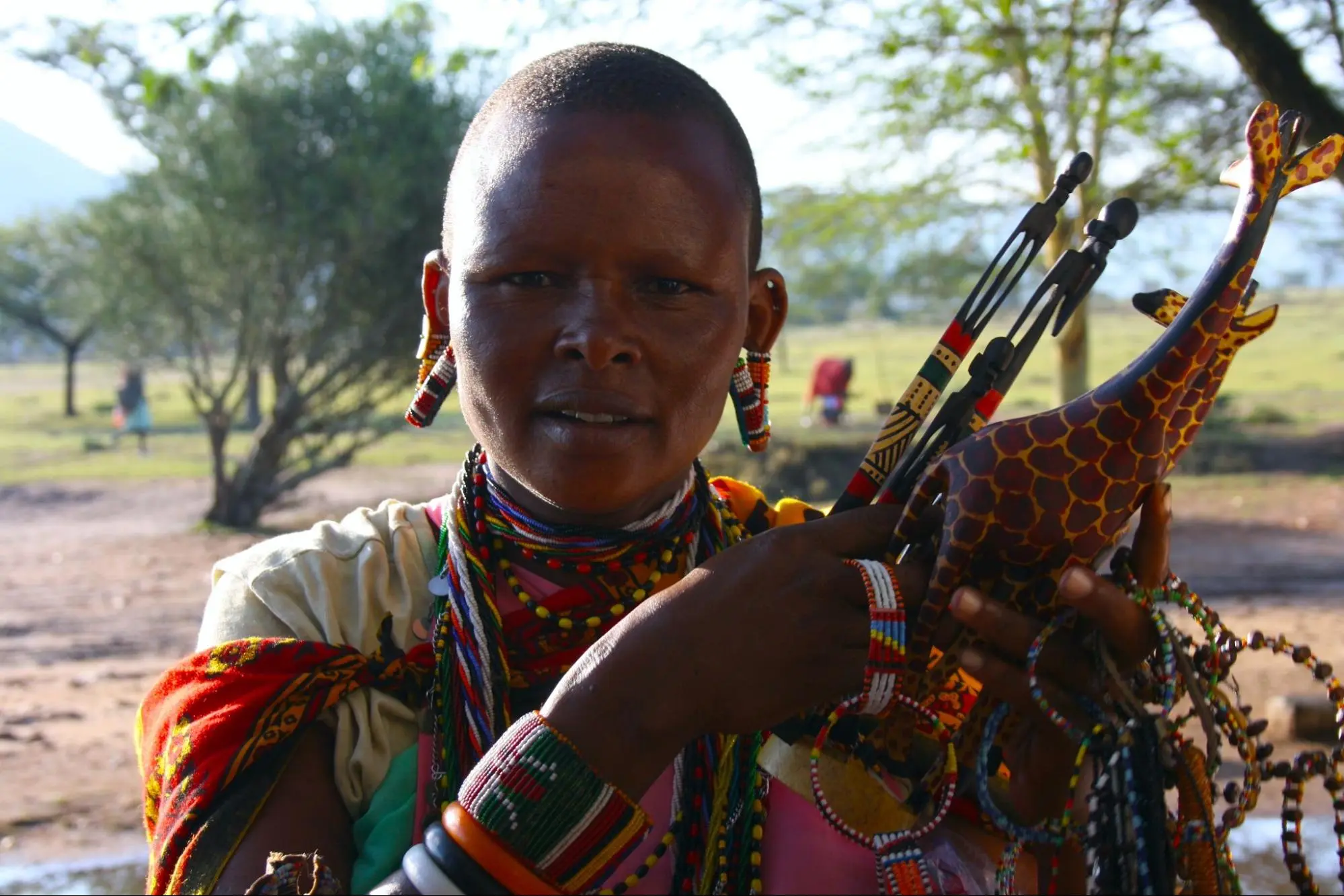
Besides wildlife, Serengeti is also home to the people who have coexisted with the wildlife for centuries: The Maasai people
A Nilotic ethnic group, the Maasai people have traditionally resided in northern Tanzania, specifically in the Serengeti region. Renowned for upholding a conventional nomadic way of life, the Maasai have a close association with the Serengeti. Their culture has evolved with the region’s climate and the emergence of safari tourism.
Visitors have the opportunity to engage in the distinctive culture and nomadic lifestyle of the Maasai people. A visit to the Maasai village-like communities, referred to as bomas, allows travelers to:
- Gain insight into their traditions and daily activities
- Experience their traditional dances and music
- Learn about their unique clothing and jewelry
- Participate in traditional ceremonies and rituals
It’s an experience that adds a new dimension to the safari, giving one a deeper understanding of life in the Serengeti.
Seasonal Wonders of Serengeti
The Serengeti undergoes remarkable transformations with each changing season, giving way to distinctive experiences.
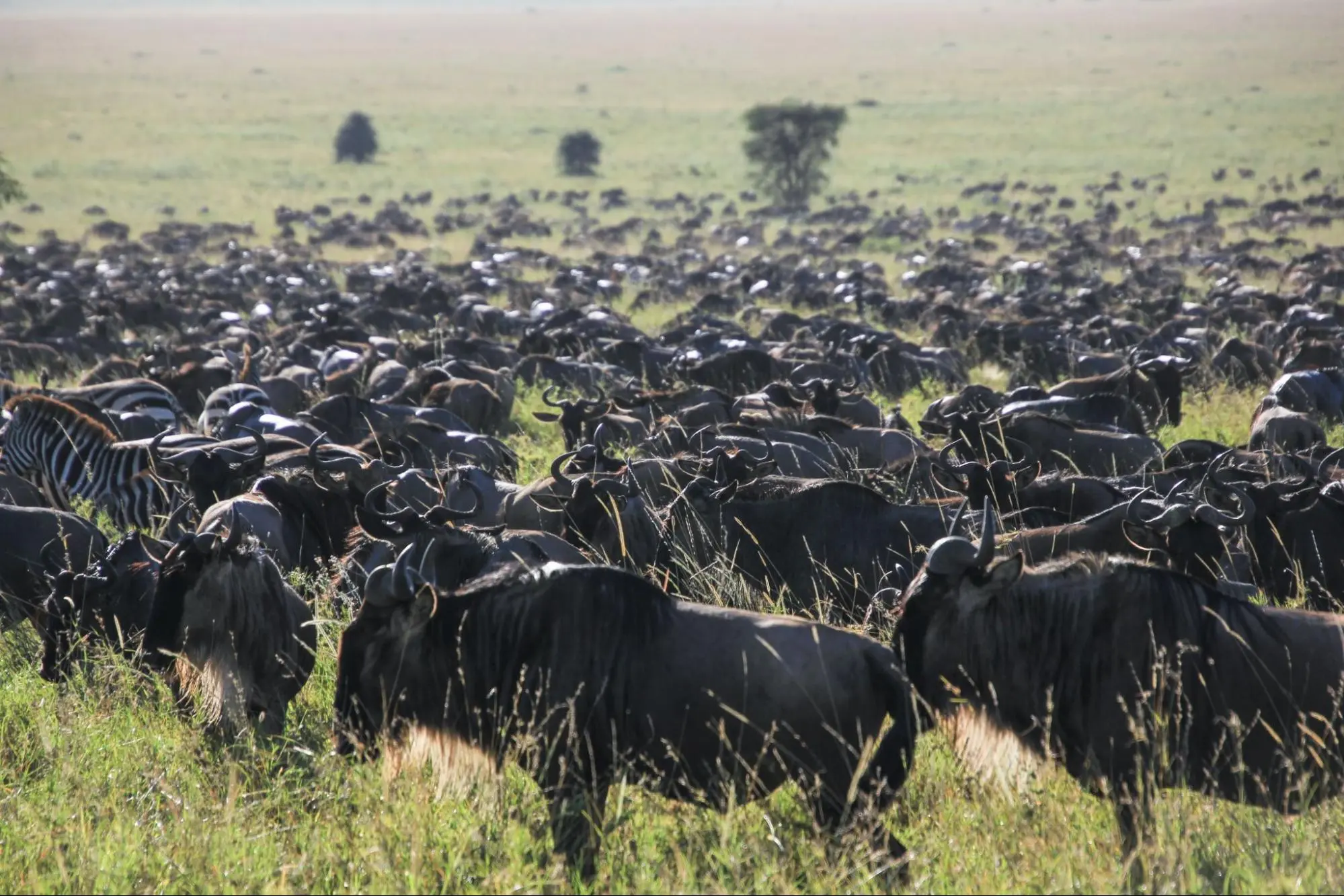
Between November and March, the park exhibits verdant landscapes. The November short rains provide ample grazing opportunities for the herds.
However, as the dry season ensues, the lush grass turns yellow, prompting the migration of wildebeests in pursuit of water and fertile grazing lands.
Each season brings its unique wildlife viewing experiences. The wet season spanning from November to May provides distinct sightings in contrast to the dry season.
Understanding the timing and locations for visiting is crucial to witness the diverse wildlife, especially in the central Serengeti region. Whether it’s the lush greenery flourishing after the rains, the arid landscapes during the dry spells, or the shifts in wildlife behavior, each season in the Serengeti is a celebration of life.
Adventure Activities Beyond Game Drives
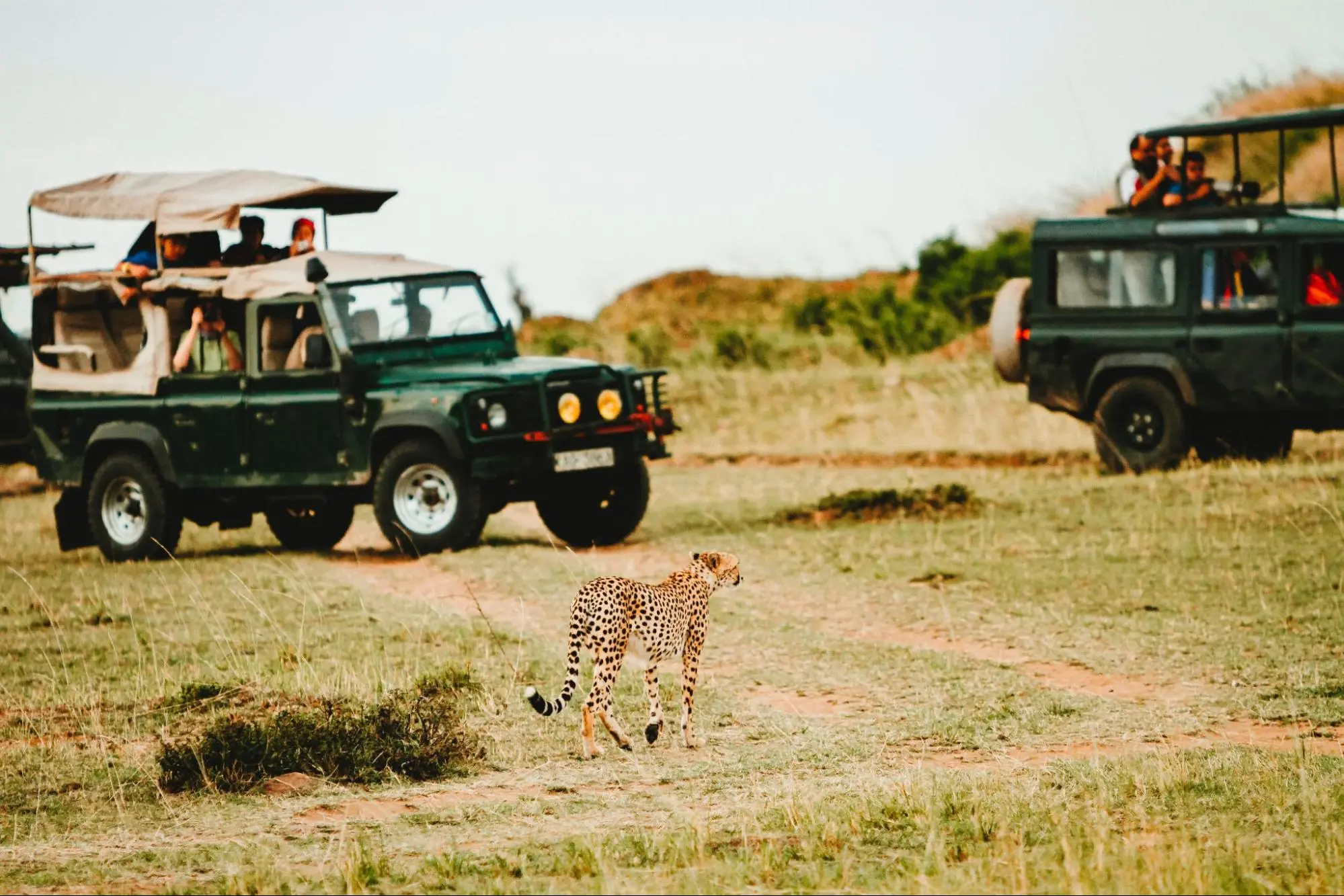
Although game drives are integral to the Serengeti experience, other adventurous activities provide a fresh viewpoint of the park. One of the most enchanting experiences is a hot air balloon safari. Rising with the sun, the balloon lifts you above the plains, offering a bird’s eye view of the park and an alternative perspective for observing the breathtaking scenery and wildlife.
If you prefer to stay grounded, walking safaris offer an immersive experience that lasts for up to 9 days. Walking in Serengeti is an experience like no other. Participants can walk for miles without coming across vehicles or other tourists, offering an exceptionally intimate bush experience. Cultural excursions to nearby Maasai villages allow visitors to interact with the local people and learn about their vibrant cultural heritage.
The Ngorongoro Conservation Area provides visitors with unique experiences, too. It contains the Ngorongoro Crater, the world’s largest unbroken caldera, and the Olduvai Gorge, where evidence of the first humans was found.
Celebrated Conservation Efforts
Serengeti National Park not only serves as a wildlife refuge but also exemplifies successful conservation efforts in national parks. Established in 1951, the park is a UNESCO World Heritage Site, a recognition of its extensive history of conservation endeavors aimed at safeguarding its distinctive ecosystem.
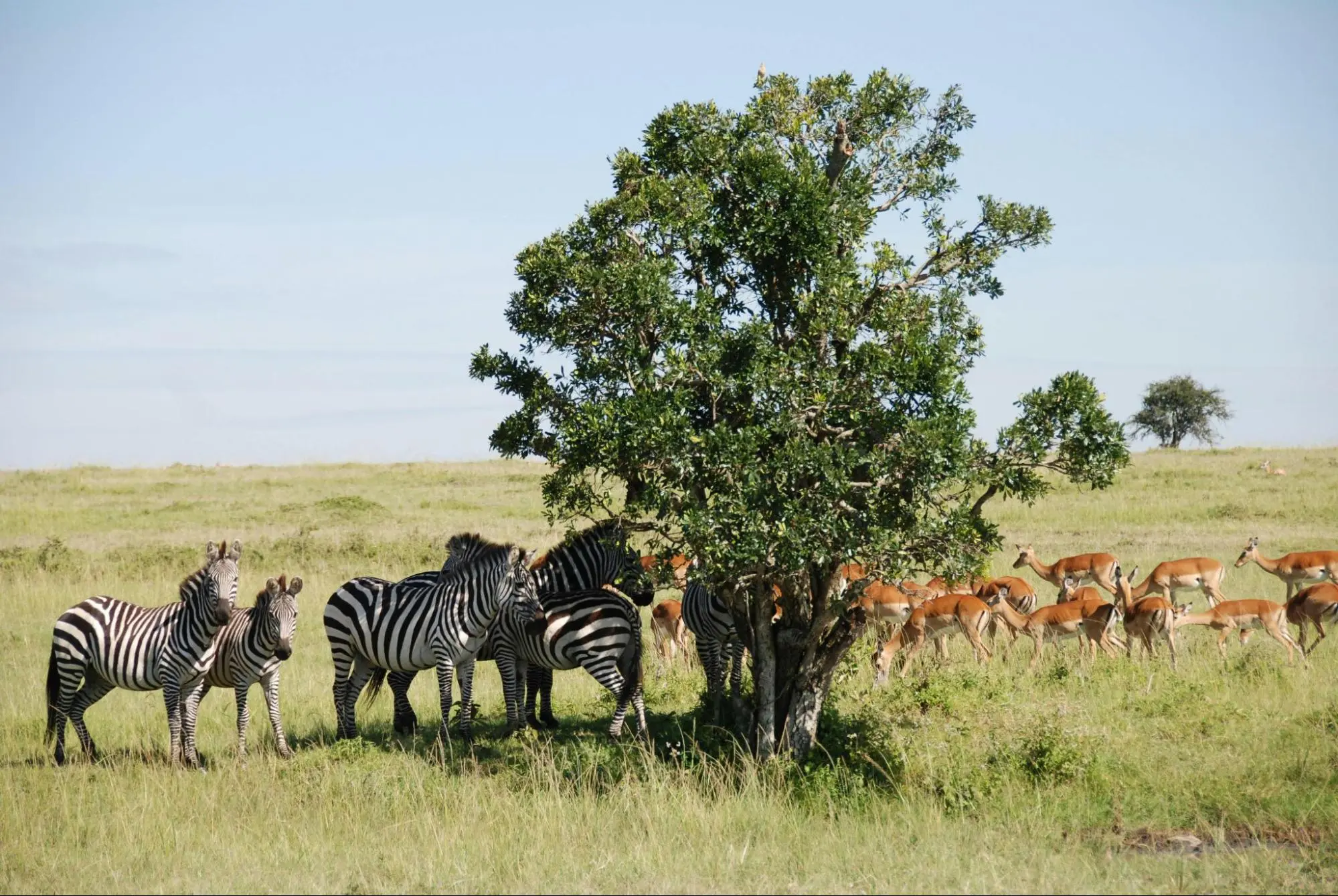
Major conservation efforts in Serengeti National Park encompass:
- Biodiversity surveys
- Anti-poaching operations aimed at safeguarding species like elephants and rhinos
- Adoption of sustainable environmental management practices by the local community
Organizations like Serengeti Watch, the Earth Island Institute, the Grumeti Fund, and the Singita Grumeti Reserve collaborate to maintain and safeguard the park’s ecosystem, ensuring that future generations can witness the magic of the Serengeti.
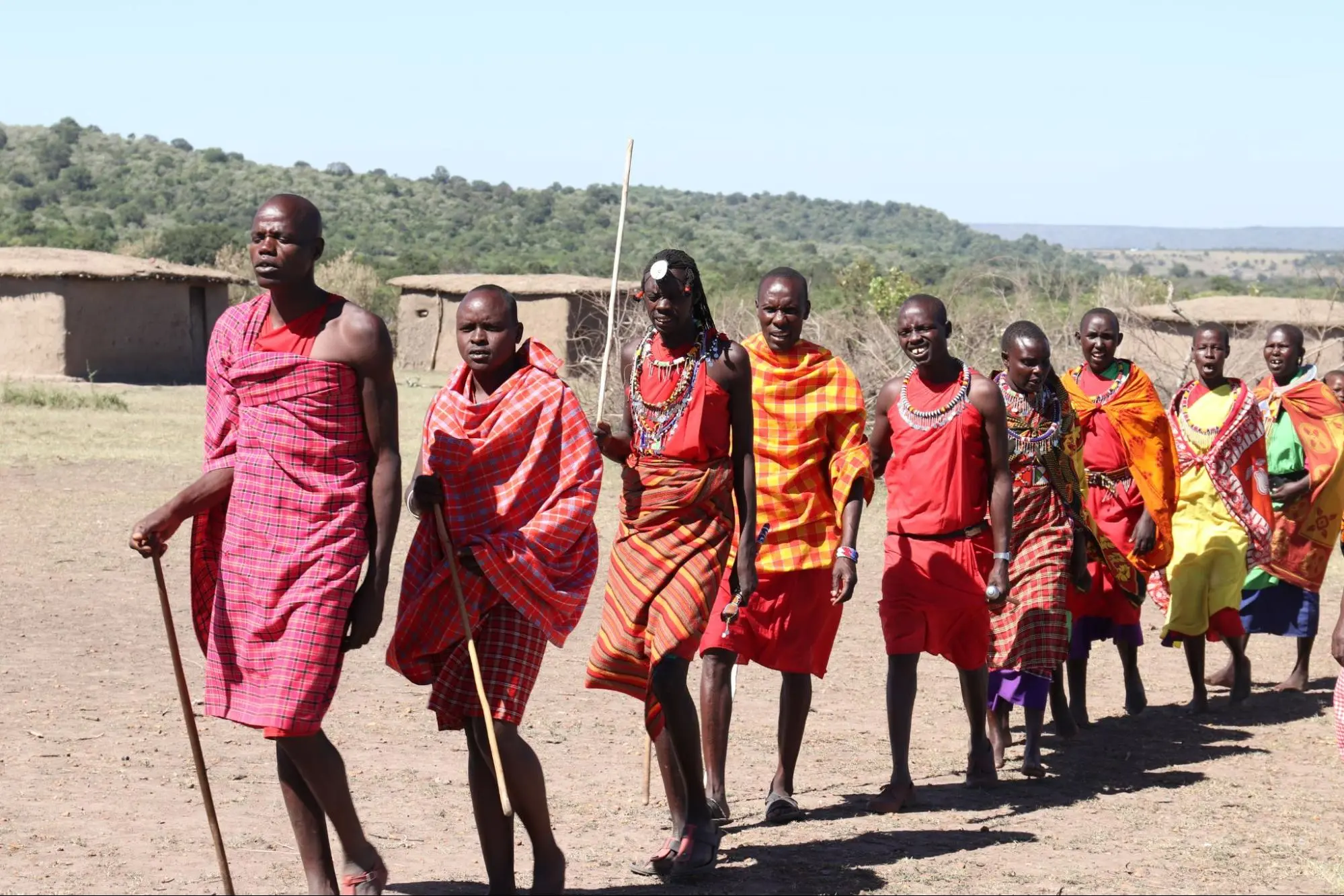
Journeying to Serengeti: Transportation Options
The journey to the Serengeti is an adventure in itself. Here’s how you can get there:
- Fly to Kilimanjaro International Airport, the closest airport to Serengeti National Park.
- From the airport, take smaller planes to the park’s airstrips.
- Enjoy a scenic journey over the Tanzanian landscape.
An alternative to flying is the road journey from Arusha to Serengeti National Park. The roads are typically well-maintained, providing a comfortable driving experience.
However, during the rainy season, the presence of gravel and dirt surfaces may make the journey a bit more challenging.
Regardless of how you choose to travel, the journey to Serengeti is as exciting as the safari itself.
Where to Stay: Lodging in the Serengeti
Selecting suitable accommodation can amplify your Serengeti safari experience. The park offers many lodges and campsites for travelers of all budgets.
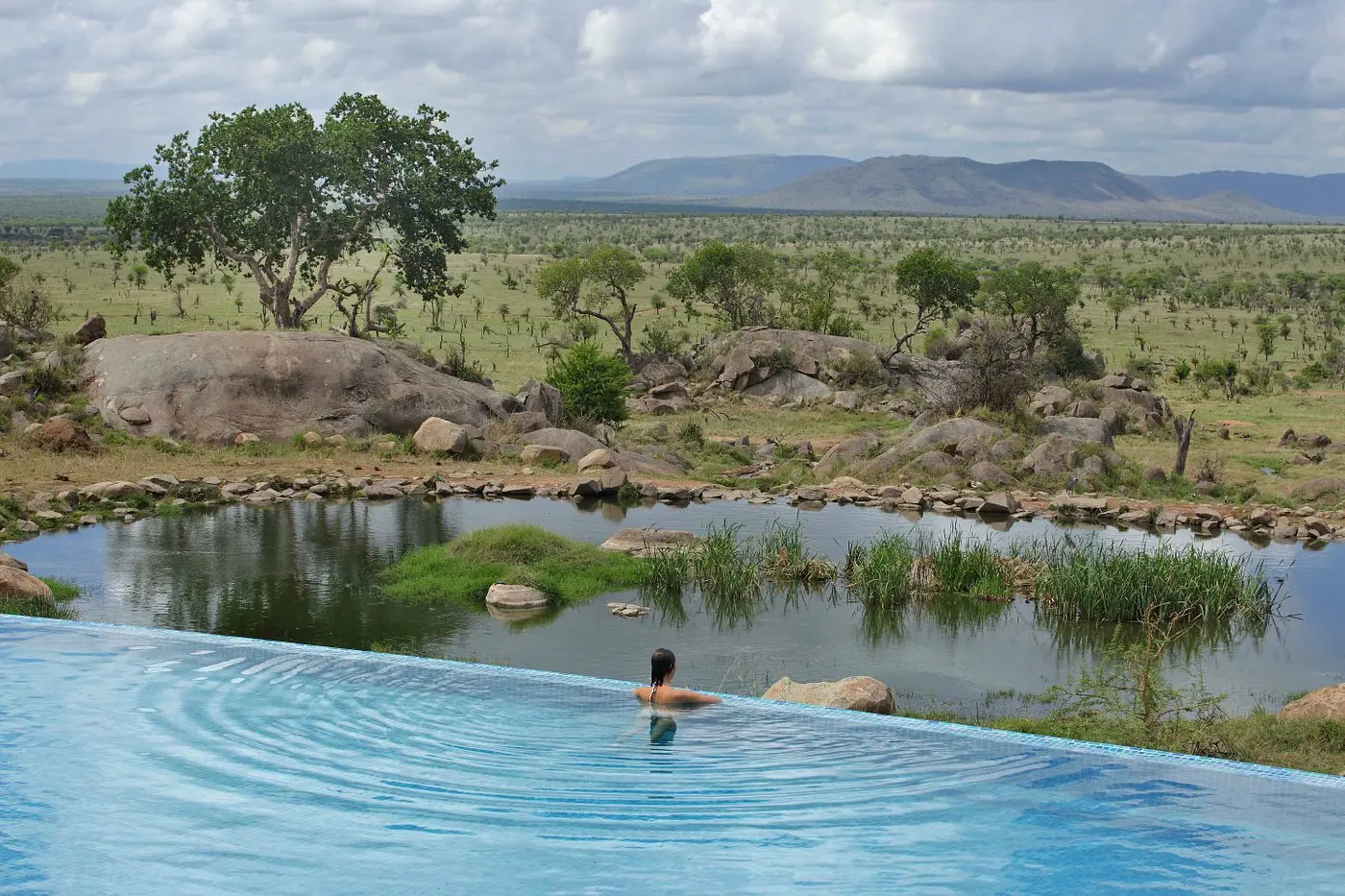
For mid-range options, consider Kensington Serengeti Camp and Bougainvillea Safari Lodge, both offering a comfortable stay amidst the wild.
For a luxurious experience, consider the Kenzan Luxury Mobile Camp and the Asanka Camp, which offer premium experiences through their semi-permanent mobile camps and luxury tented camps, respectively.

For a distinctive stay, Gibbs’ Farm, one of the initial guest houses in the northern region of Tanzania, offers a unique experience. Each cottage has a unique theme and is adorned with handcrafted furniture.
Regardless of where you choose to stay, a night under the African sky, surrounded by the sounds of the wilderness, is a magical experience.
Summary
The Serengeti National Park is a world teeming with life. And each day brings forth unique experiences. From witnessing the migrating wildebeest, exploring the diverse habitats, experiencing the Maasai culture, to being a part of significant conservation efforts, a safari in the Serengeti is a journey into the heart of nature. As you embark on your Serengeti safari, remember to take a moment to appreciate the beauty that surrounds you in this game reserve, for it is in these moments that you truly connect with the wild.
Frequently Asked Questions
Next, we look at the frequently asked questions we get about Serengeti National Park:
Why is the Serengeti National Park so famous?
The Serengeti National Park is famous for hosting a wide range of wildlife. It is best known for its huge herds of wild animals and is the only place in Africa where vast land-animal migrations still take place.
Which country is Serengeti National Park in?
The Serengeti National Park is located in Tanzania and covers an area of about 5,700 square miles. It lies in the northwestern part of the country and continues to Kenya.
What is the best time to visit Serengeti National Park for wildlife viewing?
The best time to visit Serengeti National Park for wildlife viewing, including various species and the wildebeest, is from late June to October. This period ensures a comprehensive wildlife viewing experience.
What are the main regions of Serengeti National Park?
The main regions of Serengeti National Park are the southern/central part, the western corridor, and the northern Lobo area.
What are the major conservation efforts in Serengeti National Park?
The major conservation efforts in Serengeti National Park include biodiversity surveys, anti-poaching operations, and sustainable environmental management by the local community to protect species such as elephants and rhinos. These efforts are essential for preserving the park’s natural heritage.

